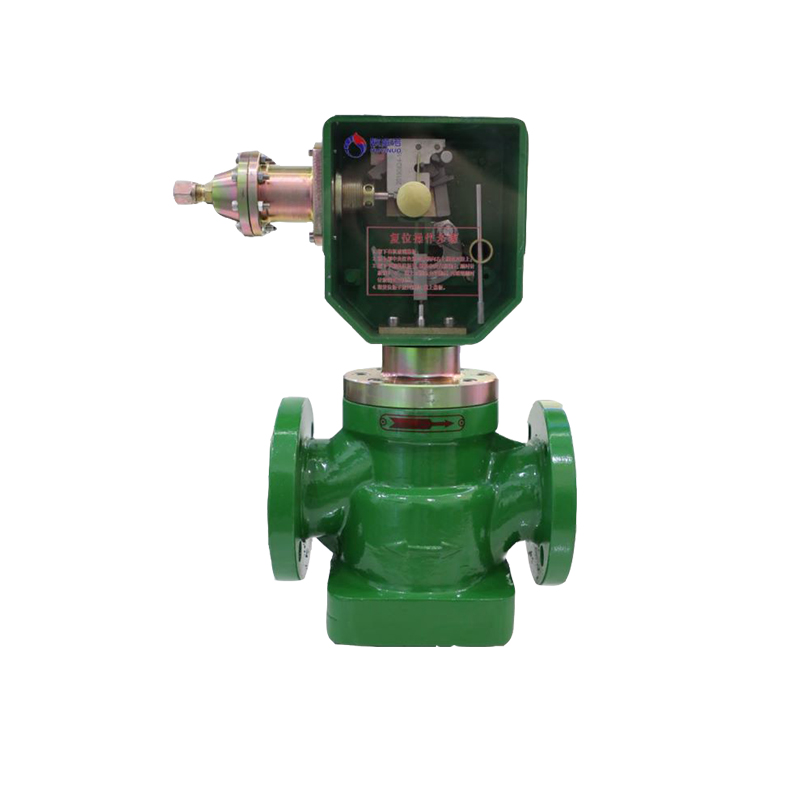
Oct . 10, 2024 03:38
Back to list
Understanding the Functionality and Applications of Cyclone Separators in Industrial Processes
Understanding Cyclone Separators An Essential Tool in Industrial Processes
Cyclone separators are essential devices used in various industrial applications to separate particulates from gases or liquids. These devices utilize centrifugal force and the inertia of particles to achieve separation, making them highly efficient in various settings, including air pollution control, material recovery, and even in the food and chemical industries.
The fundamental principle behind a cyclone separator involves the tangential entry of a gas or liquid stream into a cylindrical chamber, which induces a spiral flow pattern. As the mixture enters the separator, the heavier particles are subjected to centrifugal forces that propel them toward the outer wall of the chamber. This motion causes the particulates to collide with the wall and subsequently fall into a collection hopper due to gravity. Meanwhile, the lighter components, such as gases or finer particulates, continue to rise through a central outlet, allowing for effective separation.
One of the primary advantages of cyclone separators is their relatively low maintenance requirements. Unlike filter-based systems, which often clog and require regular replacement, cyclones operate effectively over extended periods without frequent attention. Additionally, they have no moving parts, reducing wear and tear and associated maintenance costs. Their design also allows for versatility; they can be tailored for different flow rates, sizes, and separation efficiencies, making them suitable for a wide range of applications.
cyclone separator

In terms of efficiency, cyclone separators are generally more effective for larger particles. They may not perform as well with fine particulates, which can be captured using additional filtration systems or electrostatic precipitators. Nevertheless, for industries dealing with bulk materials—such as mining, cement manufacturing, and food production—cyclone separators offer a practical and cost-effective solution for particulate control.
Another important consideration is the operational factors influencing the performance of cyclone separators. These include the inlet velocity, the geometry of the cyclone, and the density and size distribution of the particles being separated. Proper design and operation can significantly enhance separation efficiency, making it crucial for engineers to optimize these parameters based on specific application needs.
In conclusion, cyclone separators are invaluable in managing particulate pollution and enhancing product recovery in various industrial processes. Their efficiency, low maintenance needs, and adaptability make them a preferred choice in many applications, helping industries comply with environmental regulations and improve operational performance. As technology advances, further innovations in cyclone design and materials will likely enhance their effectiveness and broaden their utility across diverse sectors.
Next:
Latest news
-
Safety Valve Spring-Loaded Design Overpressure ProtectionNewsJul.25,2025
-
Precision Voltage Regulator AC5 Accuracy Grade PerformanceNewsJul.25,2025
-
Natural Gas Pressure Regulating Skid Industrial Pipeline ApplicationsNewsJul.25,2025
-
Natural Gas Filter Stainless Steel Mesh Element DesignNewsJul.25,2025
-
Gas Pressure Regulator Valve Direct-Acting Spring-Loaded DesignNewsJul.25,2025
-
Decompression Equipment Multi-Stage Heat Exchange System DesignNewsJul.25,2025

